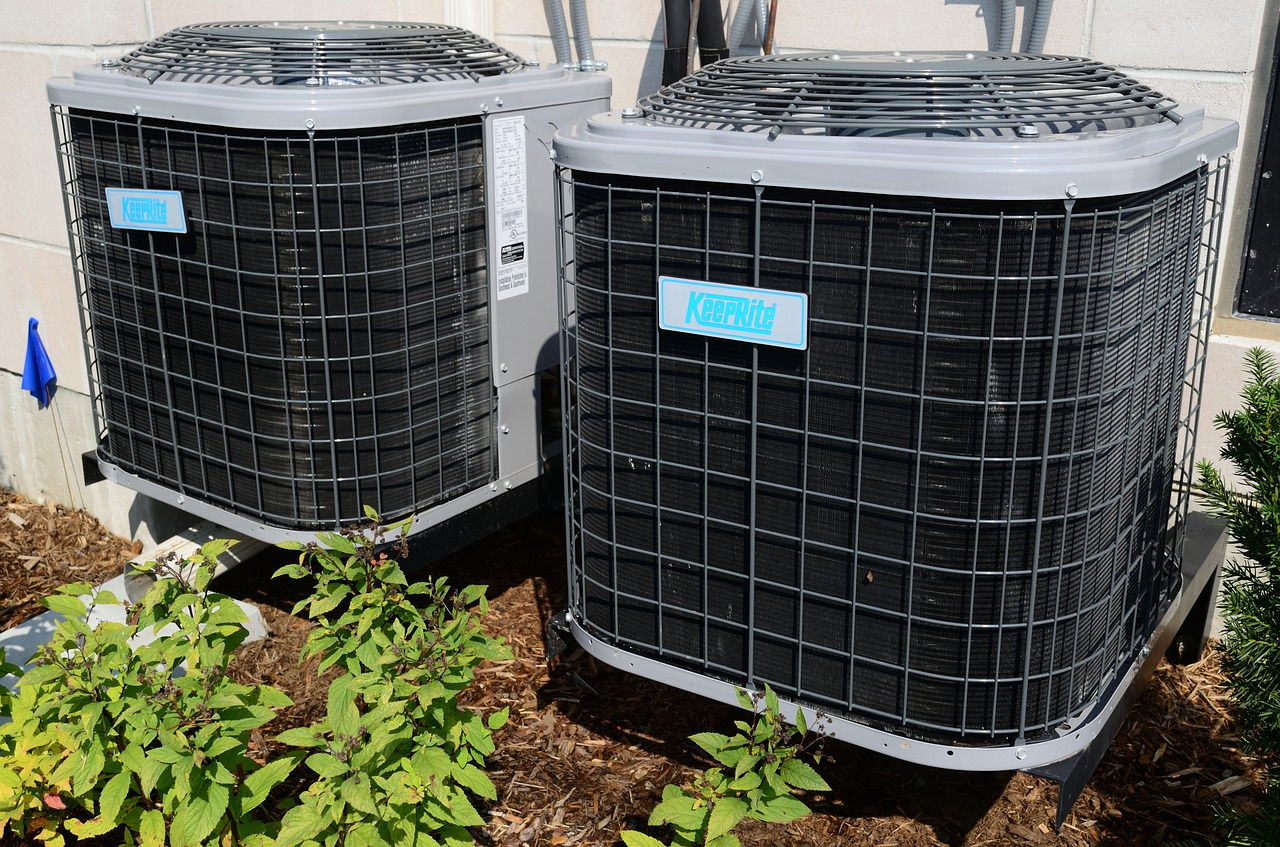You can hardly find a householder in the United States that doesn’t have a power generator in their garage. If you still don’t have one or want to change your current device into something more powerful and convenient, you are in the right place. You can read the Westinghouse igen4500 reviews or reviews for other powerful generators if you’re familiar with the topic. If you’re still hesitating whether to buy one, read this article. We are going to “equip” you with some useful tips.
Think about the size
If we are talking about the size of power generators, we are not meaning its dimensions. It is about their power. All those devices can be divided into three groups:
- Less than 2000 watts.
- 2000-7000 watts.
- More than 7000 watts.
The first group comprises lightweight devices (below 70 pounds normally). Almost all of them are carryable. Those with more power (from 2000 to 7000 watts) have various appearances. It is logical to assume that the generators of higher size will have bigger dimensions. Sometimes they are looking like a wheeled cart. The most powerful portable generators are heavy. You can’t carry them on your own, as their weight may reach 300 pounds.
Design matters
This parameter is connected to the previous one meaning the design of the generator depends on its size. If you need a portable supplier for trips, you will choose something around 2000 watts. Those will be relatively small devices that you can carry on your own. You will be able to place it in a trunk and unload it from your car once you are in place.
Those small generators will be enough to charge some personal devices like smartphones or flashlights. However, to power a TV set or a fridge, you will need something of mid-size. Finally, to power the whole house, you need a bigger generator.
Calculating how much power generator should have
If you want to be more precise when choosing a generator, you need to calculate the power of all the devices you are going to plug into it. To do this, you can make a list of all electrical devices indicating their running and surge power. If there is no information about the wattage, you can use a very simple formula where watts = volts x amps. Once you have calculated all wattage separately, now it is time to find out the total wattage.
When all the calculations are done, you can add some additional 200-300 watts to be sure the power supplier will handle power fluctuations or additional power needs if you buy any other device for your house. However, you should always remember that this generator will not replace your main power supply. It is bought for various occasions such as power supply accidents or trips. You don’t need to use it all the time. And you can exclude from your calculations those devices you don’t plan to use every day.
Types and number of outlets
How many outlets should your generator have? It is better to spread the load to provide a more stable power flow. This means that the more outlets your portable generator has the better it works. Another reason for having more outputs is the variety of their types. Most portable power suppliers have two standard outlet types – 120 volt 20 amp and 120/240 volt 30 amp.
It is also necessary to pay more attention to the amps and volts of the devices. They should not exceed those of the generator. It is also recommended to equip a generator with a circuit breaker that will protect both a generator and devices.
What’s next?
Now you are ready to buy your first portable generator. Check out this Kohler generator installation of premier generator company. We hope the tips we gave here will be useful to you. If you find this article useful, please, do not hesitate to share it with your friends, colleagues, or relatives.






